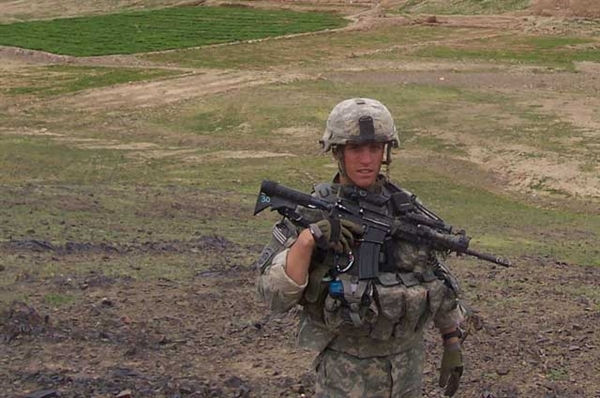LINTHICUM, Md. — Northrop Grumman Corporation (NYSE:NOC) recently demonstrated the ballistic missile detection, tracking and targeting capabilities of the company’s AN/AAQ-37 distributed aperture system (DAS) and AN/APG-81 active electronically scanned array (AESA) radar, both of which are featured on the F‑35 Joint Strike Fighter (JSF) aircraft.
 |
| Here you can find more information about: |
A video accompanying this release is available on YouTube at http://youtu.be/qF29GBSpRF4.
Leveraging NASA’s Science Mission Directorate-sponsored Anomalous Transport Rocket Experiment launch operation, the demonstration was coordinated with NASA and the U.S. Air Force to ensure that it did not impact NASA’s primary science mission goals. The systems were demonstrated in flight onboard the company’s BAC1-11 testbed aircraft.
Northrop Grumman’s DAS and APG-81 autonomously detected, tracked and targeted multiple, simultaneous ballistic rockets. The DAS autonomously detected all five rockets, launched in rapid succession, and tracked them from initial launch well past the second stage burnout.
“Northrop Grumman demonstrated these ballistic missile tracking modes with only minor modifications to the baseline F‑35 JSF radar and DAS software,” said Jeff Leavitt, vice president of Northrop Grumman’s combat avionic systems business unit. “Since DAS is always staring simultaneously in every direction, an operator does not have to point the sensor in the direction of a target to gain a track. The F‑35 pilot could continue the primary mission while the sensors automatically observe ballistic missile threats.”
The APG-81 AESA radar demonstrated the ability to provide acquisition and weapons quality tracks independently, and also via pointing cues from DAS for expedited and extended range target acquisition. The radar maintained each track from initial acquisition until the rocket exited the radar’s field of view.
Leavitt added that Northrop Grumman is currently exploring how the existing DAS technology could assist in several additional mission areas, including irregular warfare operations.
The multifunction AN/APG-81 AESA radar is capable of the full range of air-to-air and air-to-surface capabilities complemented by significant electronic warfare and intelligence, surveillance and reconnaissance functions. The AN/AAQ-37 DAS provides passive spherical awareness for the F‑35, simultaneously detecting and tracking aircraft and missiles in every direction, and providing visual imagery for day/night navigation and targeting purposes.
Northrop Grumman is a leading global security company providing innovative systems, products and solutions in aerospace, electronics, information systems, and technical services to government and commercial customers worldwide. Please visit www.northropgrumman.com for more information.
Source:
Northrop Grumman

 von
von 